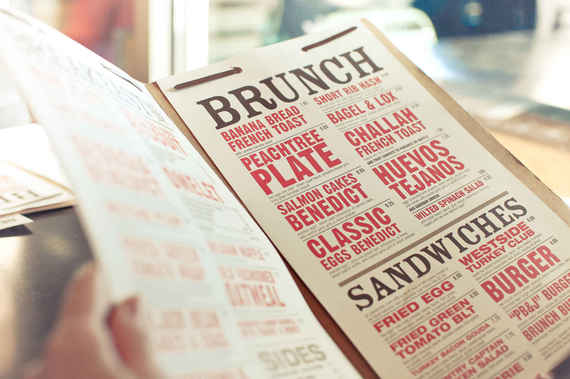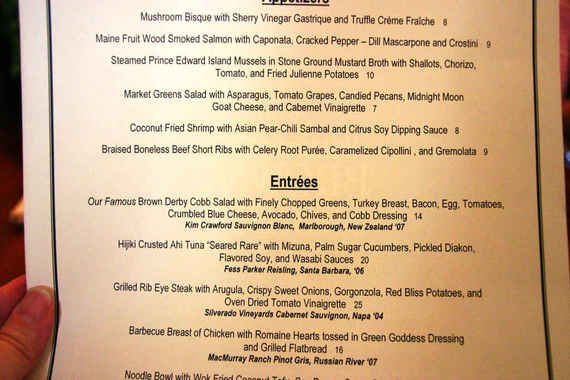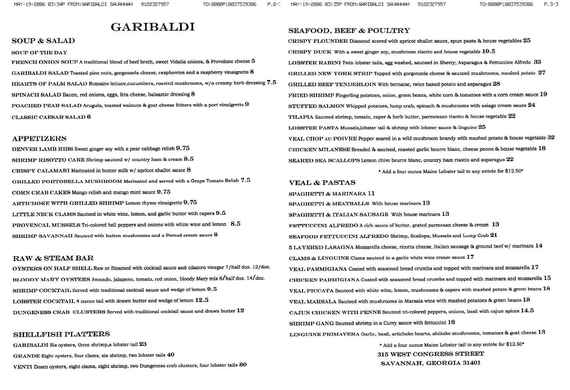
Credit: Flickr/Basheer Tome
Restaurants think about more than just whether to add pretty pictures when they're designing a menu. Except at Denny's, where the primary focus is Photoshopping Grand Slams to look less like strike-outs.
To give a better understanding of how restaurateurs craft their menus to maximize profits, we talked to Culinary Institute of America (aka the CIA... but not that CIA) instructor Ezra Eichelberger, who has spent the last 23 years teaching students how many appetizers to serve and how to properly spell vinaigrette. After reading these 11 secrets, you'll never look at a menu the same way again.

Credit: Flickr/Elizabeth (Edited)
1. A CIA study showed that if a dollar sign is used in the price, diners are more likely to buy cheaper options. Even more so for euros or pounds, as those symbols are terrifying to the eye and the wallet.
2. The average time a customer spends on a menu is 109 seconds. Unless they happen to be Nic Cage, and by then they've already robbed the restaurant twice.
3. It's important for the guest to see all the menu items at once, so anything more than a tri-fold is too big. If it's too bulky, the diner won't be able to process it, and they'll give up and order something they don't really want.

Credit: Flickr/Jennifer (Edited)
4. If prices are in a column, it will result in price shopping. Stagger them three spaces from the last letter of the menu description without any dots or dashes to draw the customer's attention away from the fact that they're paying $20 for roast chicken.
5. A dessert menu should always include the five C's: citrus, coffee, caramel, chocolate, cheesecake.
6. Desserts shouldn't be on the main menu. If they see an eye-catching dessert at the beginning of the meal, they'll often skip an appetizer. Savvy restaurateurs know to surprise the diner with a dessert menu after the main course in order to bask in the profits of both appetizer and dessert sales.
More from Thrillist:
Follow Thrillist on Twitter: www.twitter.com/Thrillist